I've had a good few discussions lately about domestic oven steaming, notably with DanAyo and Doc.Dough.
I've tried various in-oven solutions over the last year or two with good, but not great results. It was also getting to the point where it was taking longer to set the oven up than it was to do the actual baking!
I became convinced that the best way forward was to generate steam externally and introduce it into the oven. This blog post gives some details of the practicalities of how I achieved this.
I decided that the simplest steam generator was going to be a pressure cooker, but there are other options, eg a steam wallpaper stripper!
So, as luck would have it, I found a nice compact stainless pressure cooker preowned at a good price. Originally sold by Lidl, I believe. I drilled a hole in the lid with a hole saw and fitted a 1/4 bsp ball valve, sealed in with a ptfe washer. I added a 1/2 bsp hose fitting and this end of things was ready to go.
For the oven, the only way in was from the side and through the adjacent kitchen cabinet - fortunately it's all hidden away! So I drilled a hole in the oven wall with the same hole saw and fitted a threaded 1/4 bulkhead fitting with ptfe washer. I needed a bigger hole in the oven cladding to get access from the outside.
Then a bit of thinwall stainless tubing, plus some more fittings and a bit of silver soldering got the oven end of things finished. I fitted some silicone tubing round the stainless pipe, held in place with Kapton tape, to ensure the wood doesn't get burnt.
The pipe from the pressure cooker to the oven is an old shower hose - the good ones are silicone tubing with a chrome plated brass outer, so just the job.
So, all done and ready to go! The trial run in a cold oven was promising, except the oven started to go rusty!
I used the steamer for the first time this morning and am well pleased with the results so far. I got the pressure cooker up to pressure - about 10psi, I think. Then put the loaves in, opened the steam up full, burner up full. The pressure soon dropped to zero, but i think the initial surge is useful.
I steamed for 10 mins and then knocked it off and briefly vented the oven.
Early days, but I'm pleased with the look of the loaves. There's more work to do as the crust is slightly tough and not as crisp as I hoped - perhaps I need to reduce the steam time a bit? One interesting thing I noticed is that weight loss of the loaves was reduced.
Any way, here's a few photos of the build:
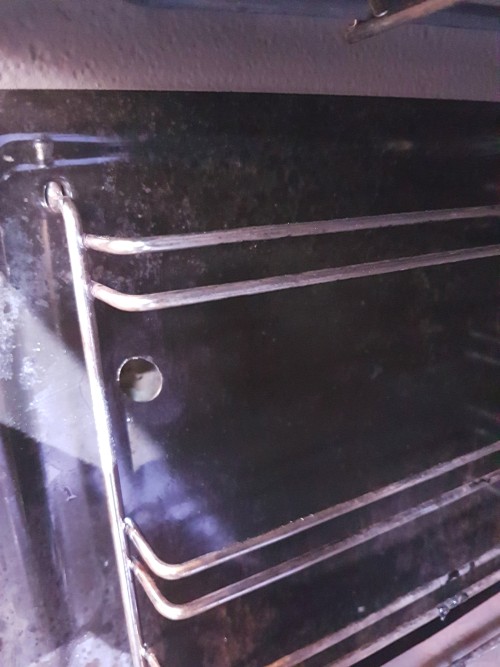
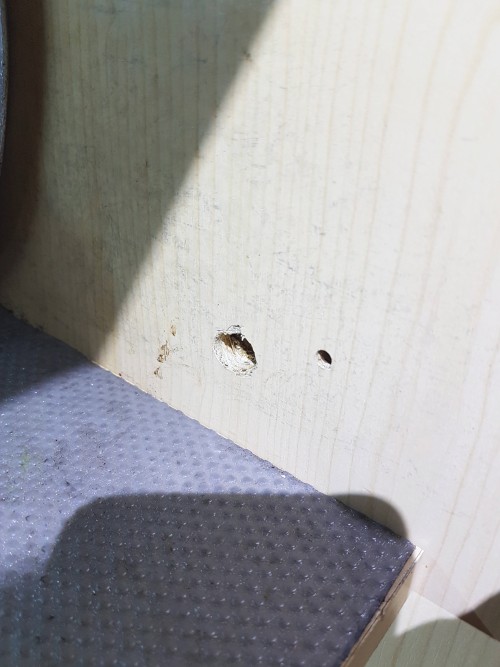
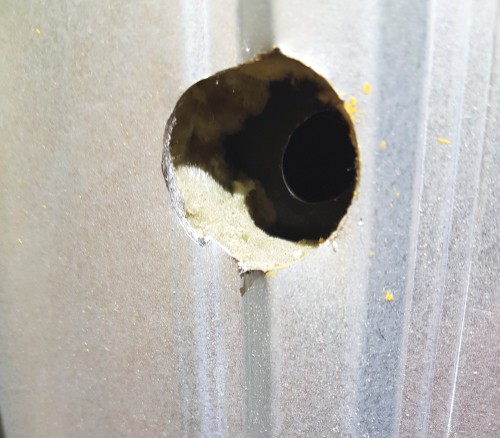
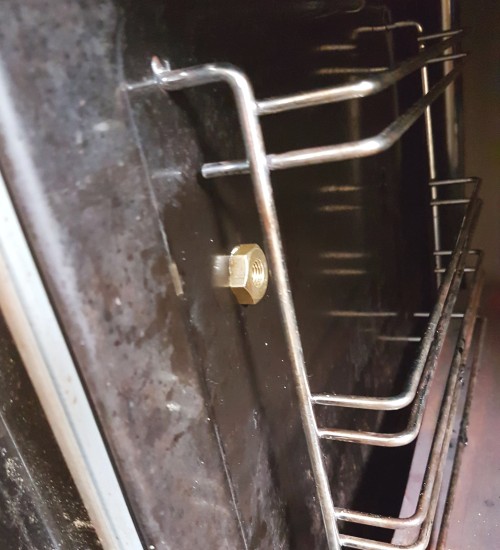
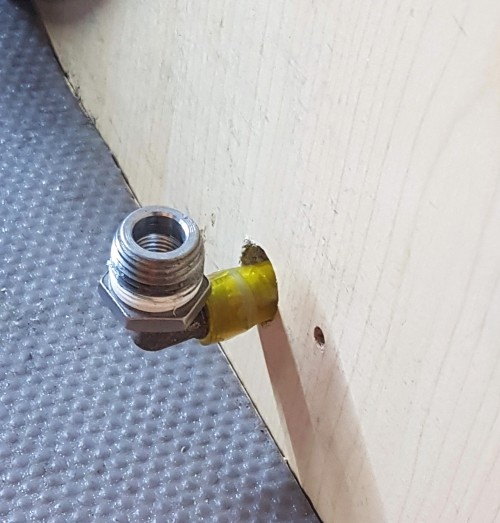
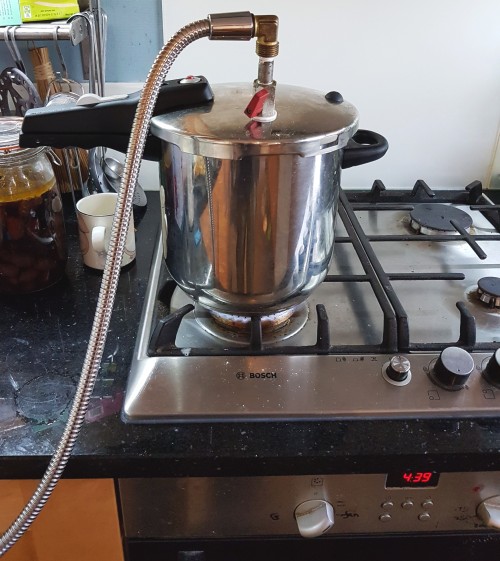
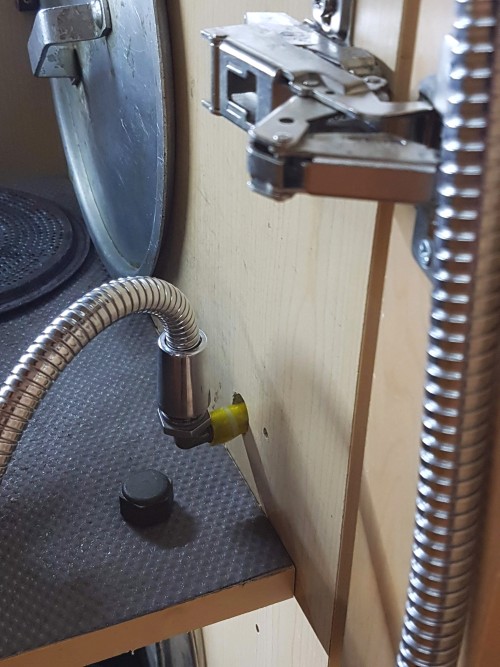
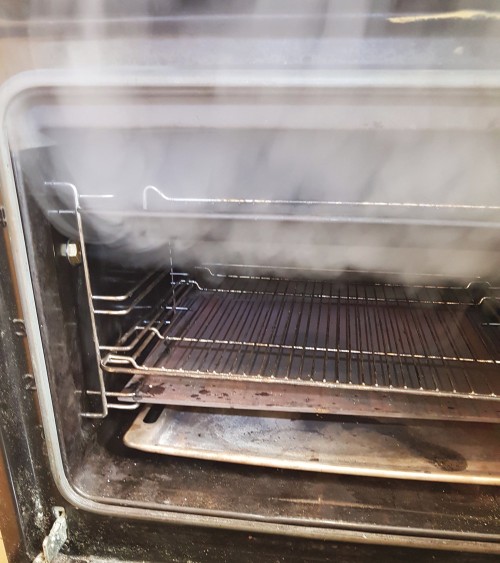
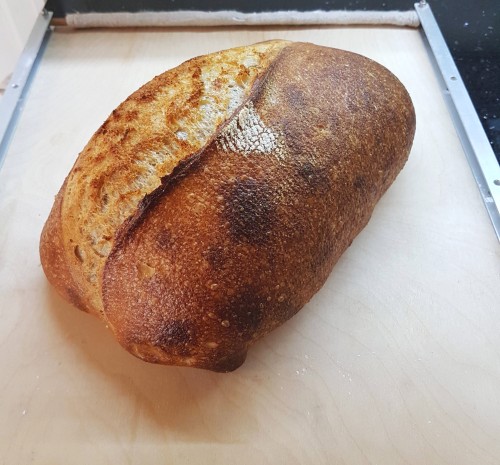
Lance